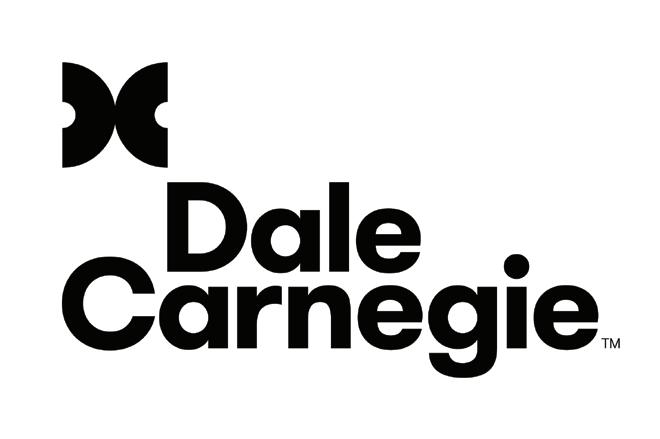
2 minute read
As Competition for Donations Increases, A Way Forward for Nonprofits
Nonprofit organizations face an unsettled future as challenges and market disruptions threaten the traditional foundations of their businesses. Competition for donations has increased in recent years, and the COVID-19 pandemic and resulting economic disruption has accelerated this trend. With many in-person fundraising activities still on hold, some nonprofit leaders face immense pressure to figure out how to not only advance their missions, but also simply sustain operations.
Given budget limitations, leaders must invest in areas that will most effectively advance the organization’s mission. Here are some ideas for how nonprofit organizations can prepare for a more successful future, even during this time of upheaval.
Advertisement
RETHINK YOUR VALUE PROPOSITION
Historically, passion has driven donations. While still important, prospective donors are increasingly looking for an organization to make a compelling case for its impact. Donors want statistics that demonstrate the organization is accomplishing its mission. So, a nonprofit organization must collect data, analyze it and uncover insights – then, communicate the best of those insights.
Organization leaders must devise marketing strategies that reach a wider audience of potential donors with messages that will resonate in a crowded marketplace. They should start by scrutinizing their current efforts to identify opportunities. For example: • How well does your marketing material and website explain the organization’s mission and impact? • Is your website visually compelling and easily navigable? • Are you posting at least once a week on your social media channels?
INVEST IN TALENT
For a nonprofit organization to prosper amid today’s challenges, it needs to build a team of passionate employees. In the past, nonprofits attracted and retained employees by offering benefits that for-profit companies couldn’t match. Unfortunately for nonprofits, this benefits gap is virtually nonexistent today. Leaders should consider where they can differentiate themselves from competitors. For instance, can they offer a flexible work culture? Or create a work environment that’s uniquely enjoyable and rewarding? This focus on talent will strengthen the organization today and ease the succession process, when the time comes for the organization’s current leaders to step aside.
BOOST ORGANIZATIONAL HEALTH BY TACKLING LINGERING DEFICIENCIES
Although the future may seem daunting, there is a clear path forward for nonprofit organizations. The organizations that are honest with themselves, identify their lingering deficiencies and make a concerted effort to tackle these deficiencies will give themselves an edge as we move into a post-pandemic world.
GET YOUR TECHNOLOGY UP TO SPEED
When the pandemic forced staff into remote work environments, it laid bare many organizations’ longstanding technological deficiencies. Some nonprofit organizations didn’t have the infrastructure to support a remote work environment. For example, employees without company-issued laptops had to work on personal computers. If these computers didn’t have the latest security updates, the organization and its data were suddenly vulnerable to cyberattacks.
Beyond the remote-work challenges of the past year, a lack of advanced technology slows an organization’s operations. Though it’s tough to consider spending more money today, equipping employees with technology that makes their lives easier will improve efficiency, performance and morale.
SUBMITTED BY:
Richard Lynch, CPA, is partner-in-charge of Sikich’s not-for-profit services team.







